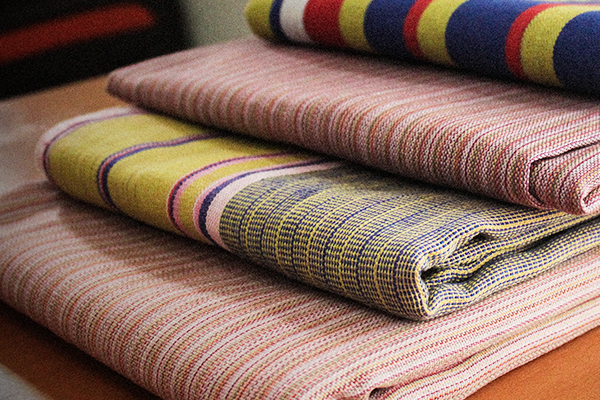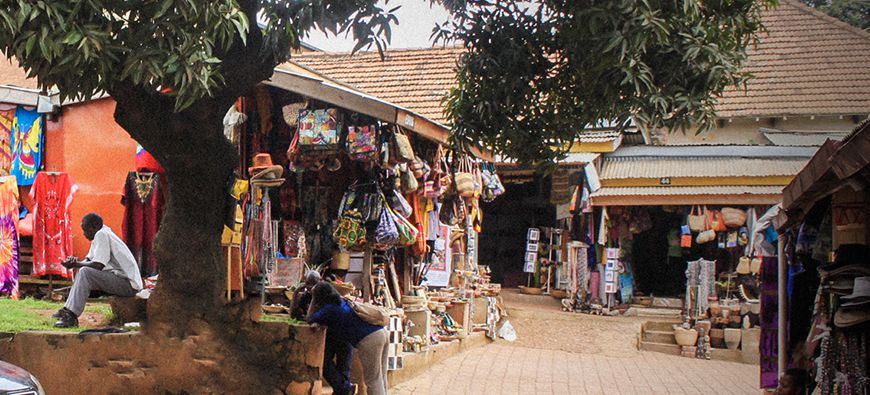Top 10 Craft Fair Tips
Do you make handmade products and are thinking about selling at a craft fair soon? It may seem pretty overwhelming knowing what to take with you on the day if you’ve never done it before. How do I prepare for it? What are the essentials I need to remember when selling at a craft fair? Craft fairs are a fantastic way of getting your creative products seen and out to the general public. We started Tuntunu Designs 16 years ago and did our first craft fair 2 years after inception. It’s been a journey of ups and downs – We’ve learned the hard way what to do and what not to do and I’m sure we still got plenty to learn! Here’s a top 10 of useful tips and tricks for selling at craft fairs that I wish I had been told when I first started.
Research
Think about the type of craft fair that would suit your products. Would it be a country fair, a city-centre pop up or a local fair? If you can try and visit a few locally to see what else people are offering – eye up the competition! If you cant visit the market in person, make sure you do plenty of research online. How much does a pitch cost? Do you need to bring or hire a table? How much are products similar to yours selling for? Would your products fit in well here? Does it get a good footfall? I’d recommend starting small; it’s a great way of testing the waters and dipping your toes in before moving onto the bigger, more established fairs and markets. I’ve spent a day in a local church, been part of large outdoor events, and some of the best have been smaller local fairs.
Prepare Your Stock
It can be a little tricky judging how much stock to bring to your first market. You’ll learn with experience and should be prepared to adjust your stock levels as you go on, finding out along the way which of your products are the most popular. In my opinion, it is better to go with quality rather than quantity – have a smaller selection of high-quality products on offer, in place of a stall overloaded with lots of stock. If you can, try to offer products in a variety of price ranges and if you make custom products to order, make sure that you have samples and clear instructions on ordering and delivery.
For your first craft fair, try to set yourself a realistic target of what you would like to sell. Its worth noting that craft fair etiquette, expected by most fair organisers will ask you not to pack up before the end of the fair, so it is important to bring enough stock – enough to meet your target plus a little extra.
Create Your Stall Display
Your stall display is the customers’ first impression of you and your products so making an impact is really important. Creating height is a great way of increasing the impact of your stall, and an eye-catching banner will help customers remember you name. Try to be inventive with the materials you use; upcycled crates and suitcases make great display pieces, as do cake stands and old photo frames. Use colours that complement your products and perhaps try adding personality with some interesting props. If you can, get the dimensions of your table and create a mock-up of your display before the market, to make sure it looks the way you want – the size of a stall can be deceptive and they’re often not as big as you think!!
Think About Payment
I had the benefit of advice from a friend, so I had a card machine at my first fair, but many don’t. Having a card reader not only opens you up to the potential of more customers but can also encourage customers to buy a more expensive item, or several items, from your stall, and the majority of my sales are made with cards payments. Many companies, such as Stanbic, Equity and Standard Chartered Bank, now offer affordable card readers, that can work really work for small traders, with relatively low fees that in my opinion are made up with the additional sales that you will get from having a card payment option.
Think About Branding
Even as a start-up, branding is definitely worth thinking about when attending craft fairs. Simply talking, you can just go with a logo and business cards, but you could go further with a colour palette and mood board. Explain the story behind your brand and write a short description of your products. Think about fonts, material, colours and packaging that compliment your products. How would your brand appeal to your ideal customer?
Get Informed
Avoid any unwanted surprises on the day by reading up on all information provided by the event organisers. Parking arrangements at the venue? Set-up & Pack- down time? What is the size of your table/ stall? Is there a floor-plan, or is it first dibs on stall spaces? Is there Wi-Fi? Are there power sockets near your stall? If you can’t find the information, send them a friendly e-mail to find out.
What to Bring
Stock to sell, tablecloth, props for stall display, trading name sign, price tags or price list, cash box, change for float, mobile phone & charger, business cards or other promotional material, mailing list, pencils and pens, bags or other packaging material, notebook to record sales, sellotape, scissors, string, cleaning cloth, card payment reader (if you have one), copy of your Public Liability Insurance (if needed). It might be worth thinking about additional lighting to show off your products at their best. Another top tip is to take along some work in progress to grab customers attention to what your doing and the creative process, and to keep you occupied during the quiet times!
Packing
Pack everything you need the day before the event, don’t leave it until the last possible minute! Don’t forget to charge your card reader if you are bringing one. How are you getting your stock safely to the venue? Can you carry everything yourself, or do you need a helper? Folding carriers are a good option as are stackable crates or large suitcases. Make sure you know your way to the venue, and leave in plenty of time to avoid unnecessary additional stress.
Promote
Make sure you promote the event on social media, as well as telling friends and family, colleagues, or anyone you think might be interested in buying your products. Post pictures of your fair preparation, to build up excitement about the event. Discount codes or multi-buy discounts can be a good tactic to boost sales on the day as well.
Day of the Fair
Set off early to make sure you get to the event on time. Find out what time is the earliest you can arrive and aim for that, although it’s worth noting that if the organisers are still setting up you may not be allowed in so don’t be too early!! You will soon be a pro at setting up your stall, but until you have done it a few times, make sure you give yourself plenty of time! If it’s your first craft fair, a companion to lend a hand, keep you company is a good idea. If you are selling on your own, go prepared with snacks and plenty of water to keep you going. Make friends with your next-door neighbour, so that they can keep an eye on your stall whilst you take a break too.
Customers can be difficult to read, if you find it difficult to talk to them at first don’t worry. Just try to enjoy it and give off a friendly vibe. A customer’s body language will tell you a lot, whether they are looking for a quiet browse or are keen to know more and have a chat. Engage with your customers, smile and be proud of what you’ve achieved. Don’t undersell yourself and the skill it has taken to produce your work. Be proud of your products and Good Luck!!









